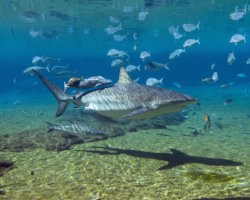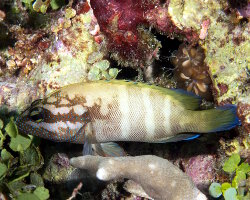Sealife guideThe moorish idolZanclus cornutus
Last updated on 11/25/2024 at 07:17 PM
Taxonomy
- Common name: Moorish idol
- French name: Idole maure
- Spanish name: Ídolo moro
- Scientific name: Zanclus cornutus (Linnaeus, 1758)
- Family name: Zanclidae
- Order name: Acanthuriformes
- Class name: Actinopterygii
Description
The moorish idol has a laterally compressed, disc-shaped body with a color pattern featuring alternating black, white and yellow bands of varying widths. Its long, threadlike dorsal fin extends gracefully, enhancing its elegance as it swims. Its caudal fin is black with a thin white edge, adding a touch of contrast.
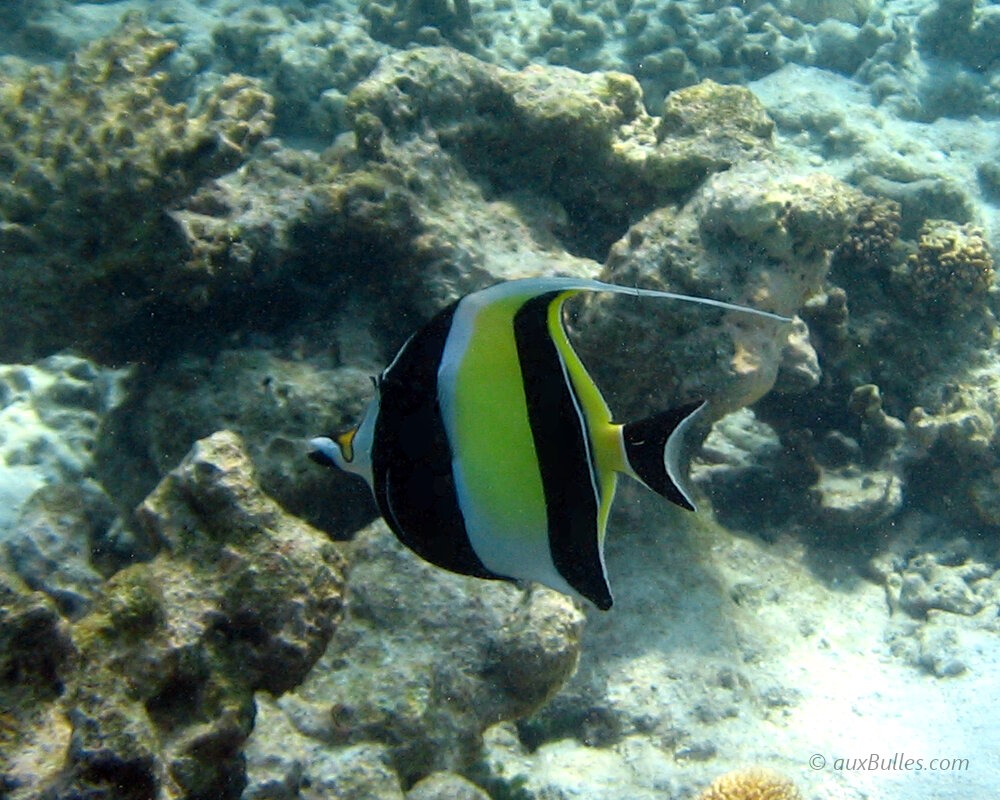
The moorish idol features a long, slender snout with a distinctive yellow-orange saddle-shaped patch
The moorish idol is distinguished by its long, slender snout, marked by a distinctive yellow-orange saddle-shaped patch.
Geographic range
The moorish idol is widely distributed across the tropical and subtropical waters of the Indian and Pacific Oceans. In the Indian Ocean, it is commonly found along the eastern coast of Africa, from the shores of Mozambique and Madagascar to the Red Sea, as well as around the reefs surrounding islands like Réunion,
Seychelles,
Maldives, Chagos and other islands in the western Indian Ocean basin.
In the Pacific Ocean, the moorish idol is found in the western region, ranging from the Philippines, Papua New Guinea and Australia’s Great Barrier Reef to the islands of Southeast Asia. In the central region, it is seen around the Marshall,
Hawaii and Kiribati islands, and in the eastern region, it ranges from the coasts of California to the Galápagos islands.
Habitat
The moorish idol inhabits warm, shallow tropical waters and prefers coral reefs, lagoons and reef slopes at depths of up to about 150 meters, although it is most commonly observed at depths below 20 meters.
The moorish idol is generally a solitary species but occasionally forms small groups of several individuals, though it rarely swims in schools.
Did you know ?
One of the main characters in Disney Pixar's animated film Finding Nemo, named Gill, the leader of the dentist office aquarium gang, is depicted as a moorish idol.
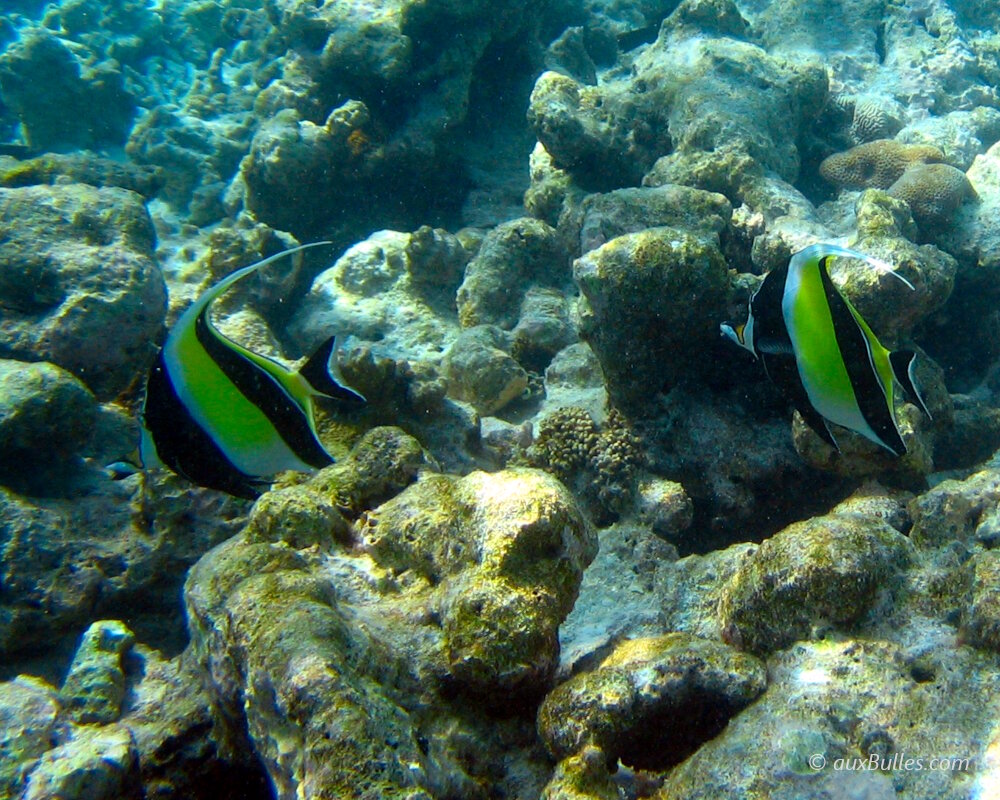
The moorish idol is generally a solitary species but occasionally forms small groups
Due to their similar morphological features and coloration, the moorish idol is often mistaken for two other species of bannerfish that closely resemble it but are primarily found in schools: the common bannerfish and the schooling bannerfish.
Its widespread geographic distribution and striking appearance make the moorish idol an iconic tropical fish species of coral reefs worldwide.
Discover also
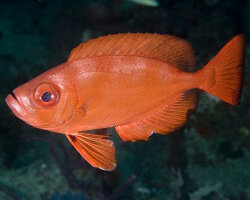
Atlantic bigeye
(Priacanthus arenatus)

Banded toadfish
(Halophryne diemensis)

Black tail permit fish
(Trachinotus falcatus)
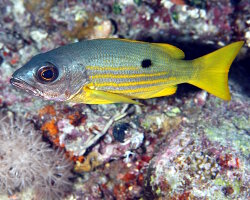
Blackspot snapper
(Lutjanus ehrenbergii)
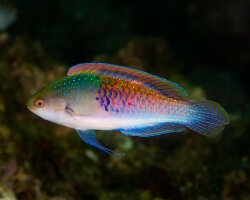
Bluescaled wrasse
(Cirrhilabrus cyanopleura)

Diagonal-banded Sweetlip
(Plectorhinchus lineatus)
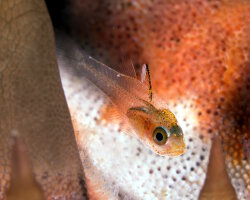
Frostfin cardinalfish
(Ostorhinchus hoevenii)
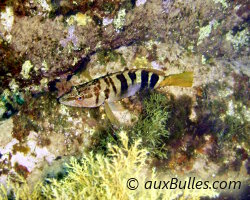
Painted comber
(Serranus scriba)
The marine species from Maldives

Eastern triangle butterflyfish
(Chaetodon baronessa)

Graeffe's sea cucumber
(Pearsonothuria graeffei)
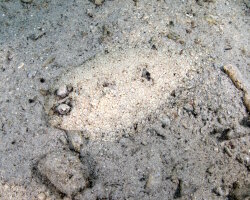
Leopard flounder
(Bothus pantherinus)
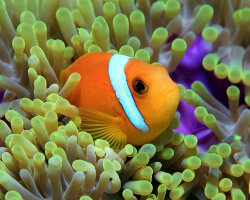
Maldive anemonefish
(Amphiprion nigripes)

Titan triggerfish
(Balistoides viridescens)
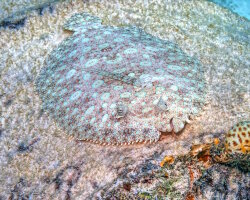
Tropical flounder
(Bothus mancus)
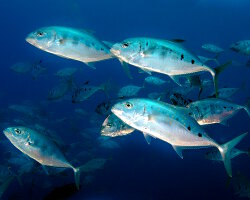
Yellowspotted trevally
(Carangoides fulvoguttatus)
Best dive destinations

Go surfing in Hawaii

The Hawaiian archipelago





















